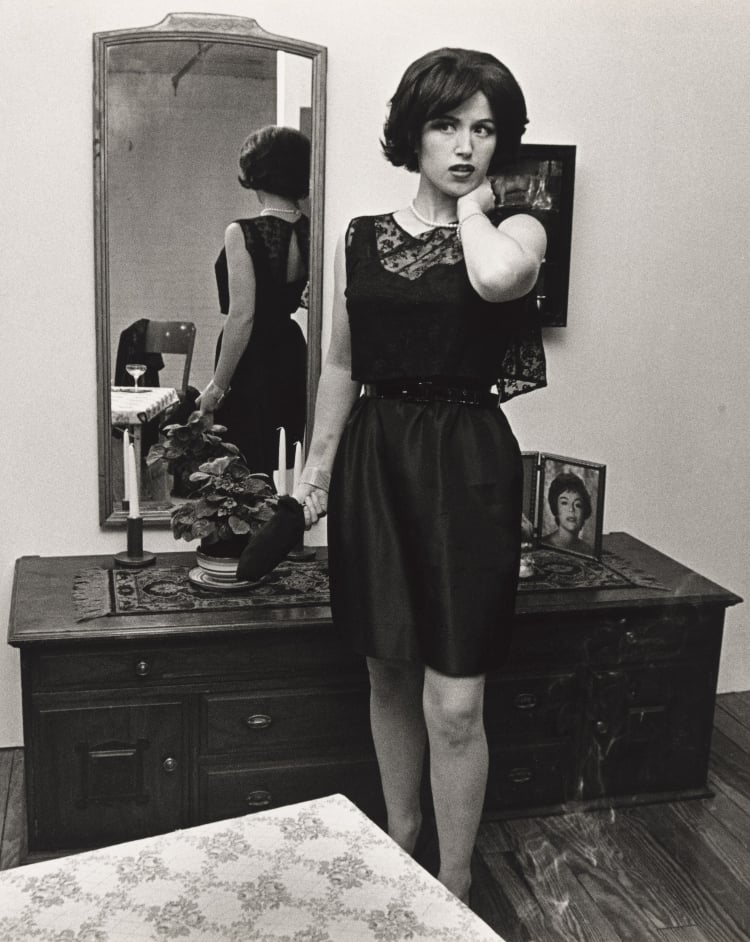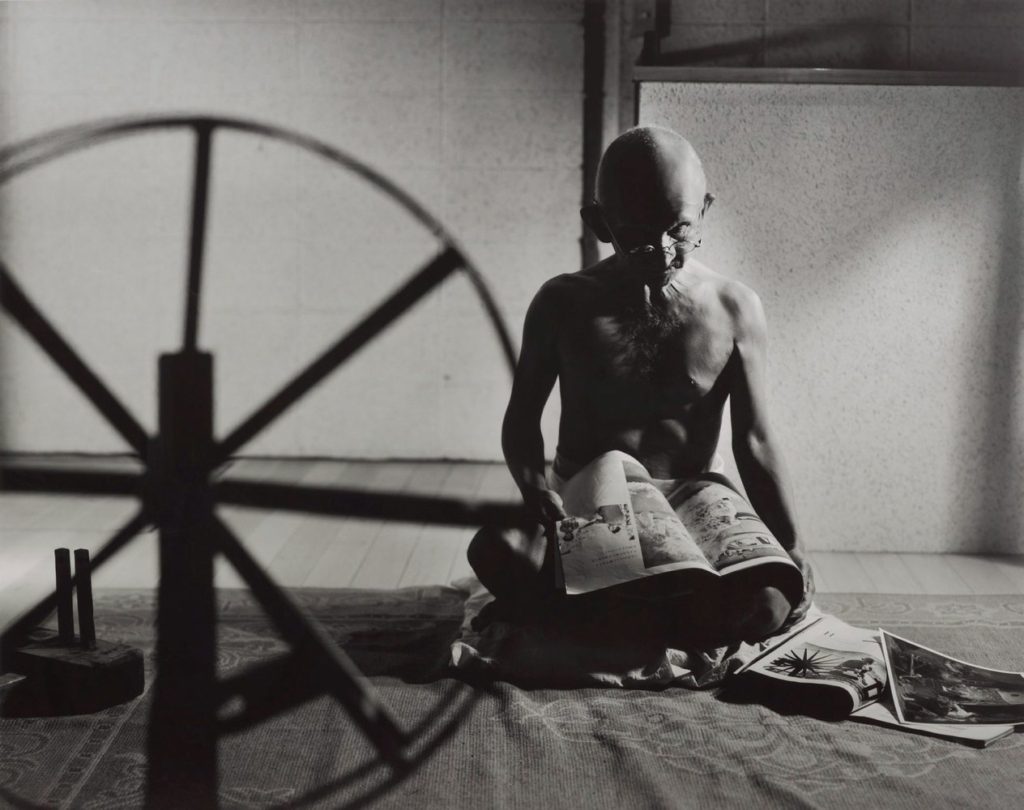Pictorialism
Time period: 1880s- 1920s
Key characteristics/ conventions: Was to try and make photography an art style rather than a scientific convention. Pictorialism reacted against mechanization and industrialisation. They abhorred the snapshot and were also dismayed at the increasing industrial exploitation of photography and practices that pandered to a commercial and professional establishment.

JMW Turner 
Alfred Nyborn 
Clarence H. White
Influences: Allegory is a figurative mode of representation conveying meaning other than the literal. Allegory communicates its message by means of symbolic figures, actions or symbolic representation. The underlying meaning has moral, social, religious, or political significance, and characters are often personifications of abstract ideas as charity, greed, or envy. Allegorical painting was dominant in Italian Renaissance art in 16th and continued to be a popular up until the Pre-Raphaelite Brotherhood in the mid 19th century.
Artists associated: Paul Strand, Julia Margaret Cameron, influenced by Peter Henry Emerson. there was a movement called the Vienna Camera Club, included artists such as Hugo, Henneberg, Heinrich Kurn, Hans Watcek. F Holland Day, Frank Eugene, Sally Mann and Clarence H White are also some examples. Key works include Paolo Vernese (1556), John Everett
Methods/ techniques/ processes: Put Vaseline on camera and used new chemicals, would scratch negatives after they were created, this was to create texture and more depth to the images.

Julia Margaret Cameron 
Hugo Henneberg 
Heinrich Kuhn 
H P Robinson 
Frank Eugene 
Alvin Langdon Coburn 
Sally Mann 
Edward Steichen
Realism/ Straight Photography
Time period: 1920s
Key characteristics/ conventions: Straight Photography were photographers who believed in the intrinsic qualities of the photographic medium and its ability to provide accurate and descriptive records of the visual world. These photographers strove to make pictures that were ‘photographic’ rather than ‘painterly’, they didn’t want to treat photography as a kind of painting. Realism photography grew up with claims of having a special relationship to reality, and its premise, that the camera’s ability to record the actual world as it appears in front of the lens was unquestioned.


Paul Strand 
Artists associated: Walker Evans: Often considered to the leading American documentary photographer of the 20th century. He rejected Pictorialism and wanted to establish a new photographic art based on a detached and disinterested look. He most celebrated work is his pictures of three Sharecropper families in the American South during the 1930s Depression. Alfred Steiglitz: In 1907 Stieglitz took this picture inside the boat, The Steerage and thereby rejected Pictorialism’s aesthetics and became in favour of what Paul Strand called ‘absolute unqualified objectivity’ and ‘straight photographic means’. Stieglitz and Strand was also influenced by European avant-garde art movements such as Cubism and Fauvism and some of their pictures emphasised underlying abstract geometric forms and structure of their subjects.

Alfred Steiglitz 
Walker Evans
Social Reform Photography: The rural poor or the urban environment were not subjects for Pictorial photographers. But when A Danish immigrant , Jacob Riis published his book, How the Other Half Lives’ about the slums of Manhattan a new kind of realism was born with a socialist dimension. A number of photographer’s such as Lewis W Hine and Dorothea Lange began to document the effects of industrialization and urbanization on working-class Americans. Their work brought the need for housing and labour reform to the attention of legislators and the public and became the origins of what we now call photojournalism.

Lewis W Hine 
Dorothea Lange 
Jacob Riis
Modernism:
Time period: Early 1900s through to the 1960s
Key characteristics/ conventions: The move from early photography to Modern Photography is distinguished by a departure from the language and constraints of traditional art, such as painting, and this change in attitude was mirrored by changes in practice.
Artists associated: Edward Steichen, Alvin Langdon Coburn, Gertrude Käsebier and Clarence H. The most well-known discourse of photographic modernism now is the one initiated in the USA by Alfred Stieglitz. Developed around his New York based journal Camera Work between 1903 and 1917, this version is characterized by the “straight” photograph.
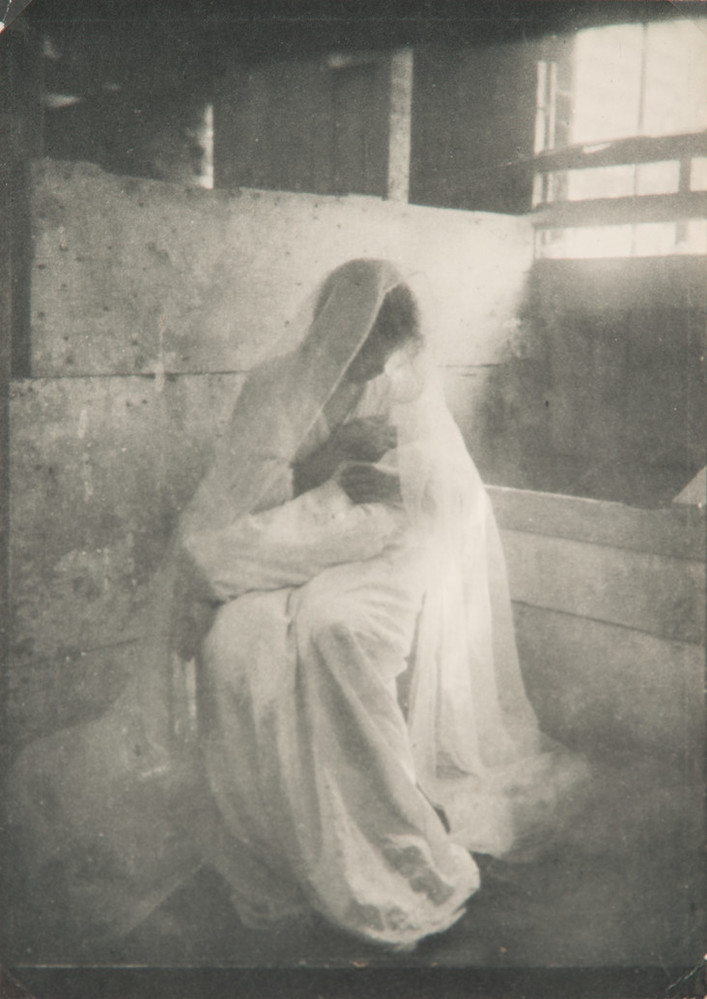
Gertrude Käsebier 
Alvin Langdon Coburn 
Clarence H 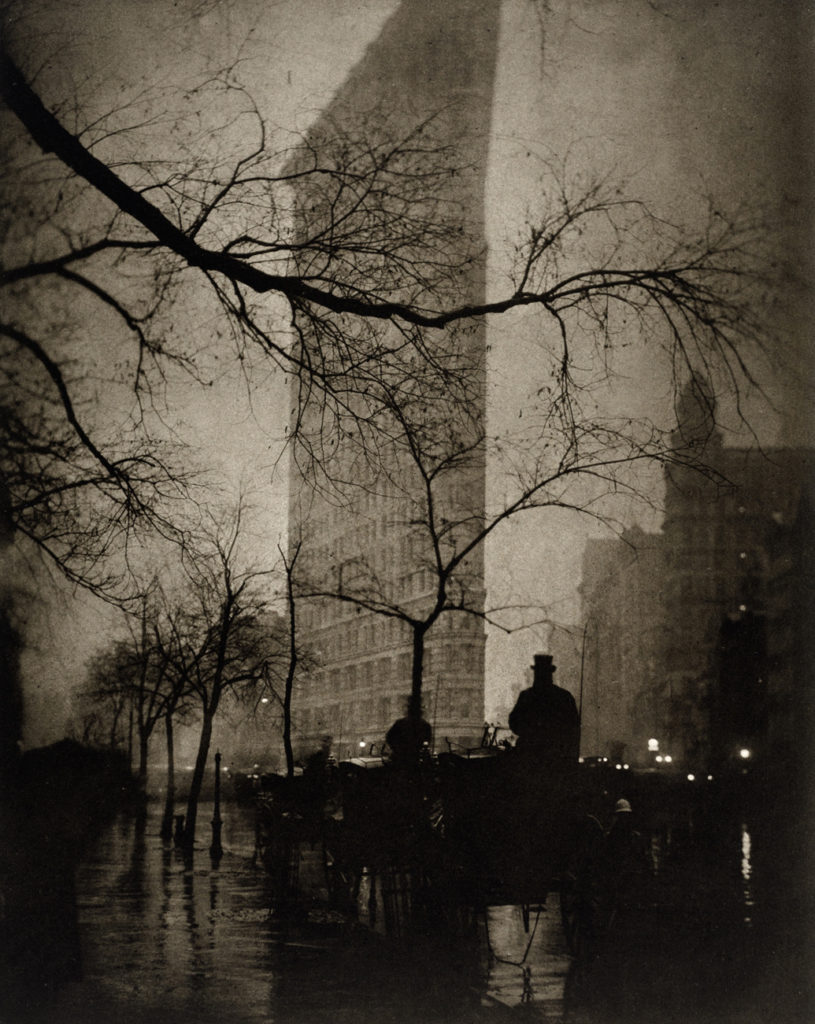
Edward Steichen
Key works: Edward Steichen A Bee on a Sunflower c.1920 The Sir Elton John Photographic Collection, Edward Weston Nude 1936 The Sir Elton John Photographic Collection, Tina Modotti Bandelier Margaret de Patta Ice Cube Tray with Marbles and Rice 1939, André Kertész Underwater Swimmer 1917 The Sir Elton John Photographic Collection and André Kertész Underwater Swimmer 1917 The Sir Elton John Photographic Collection.
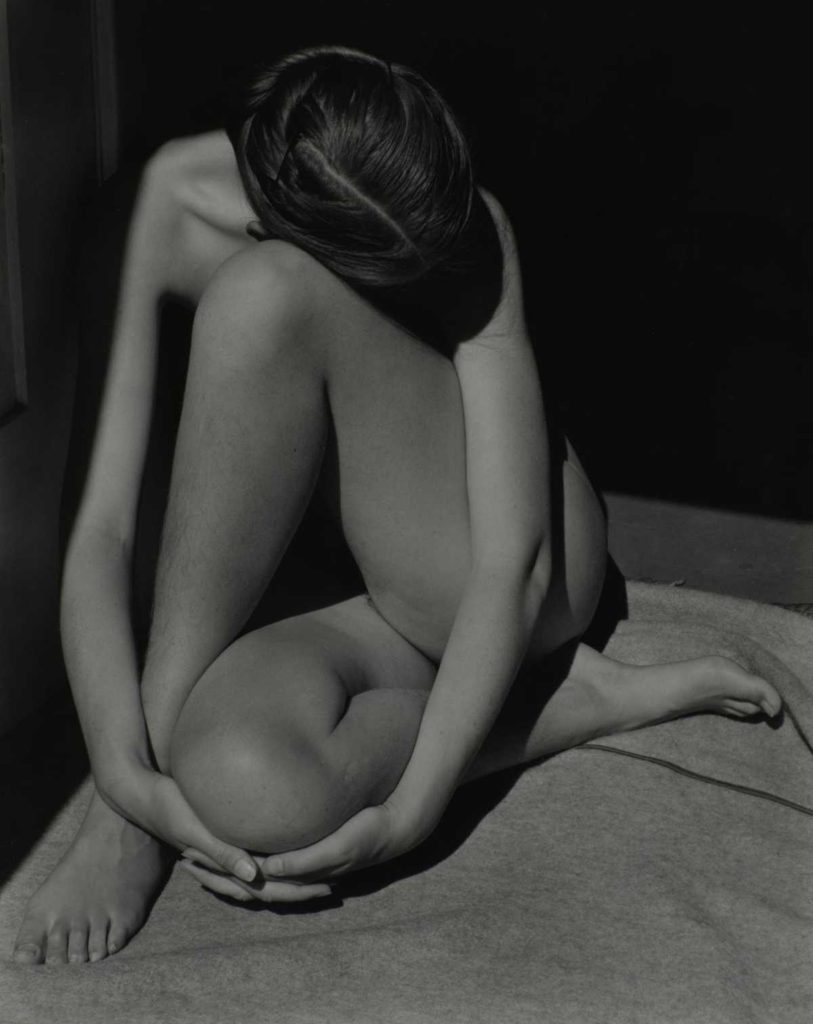
Steichen 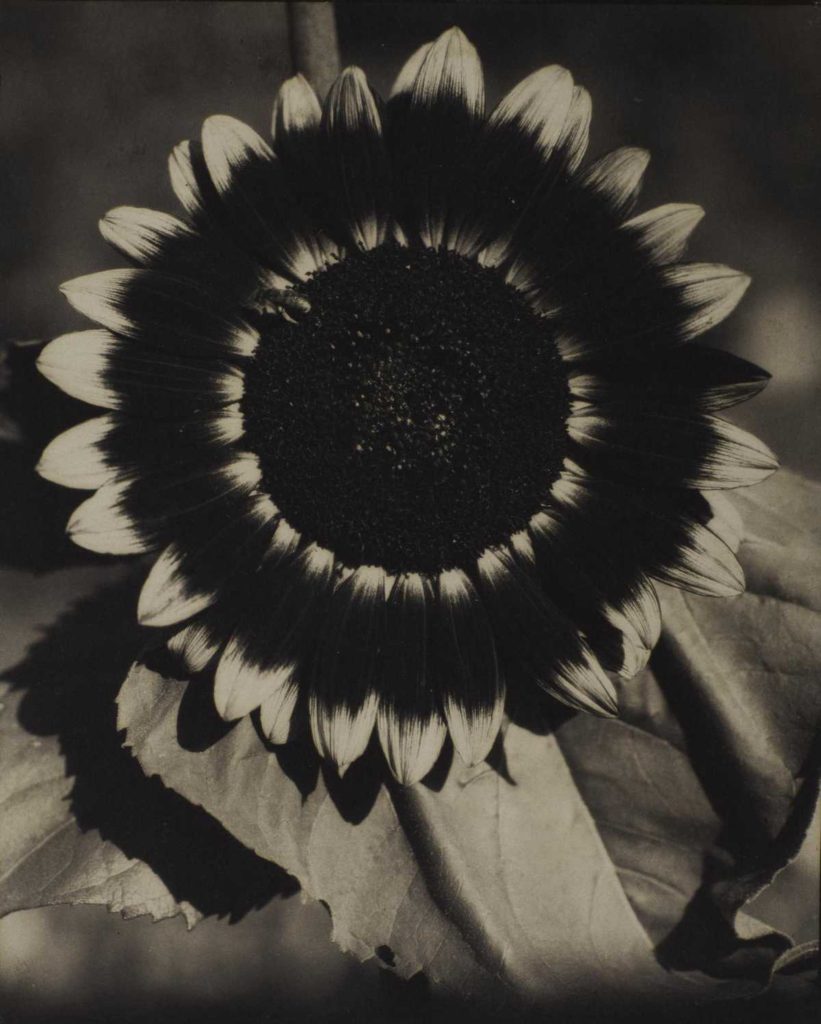
Elton John 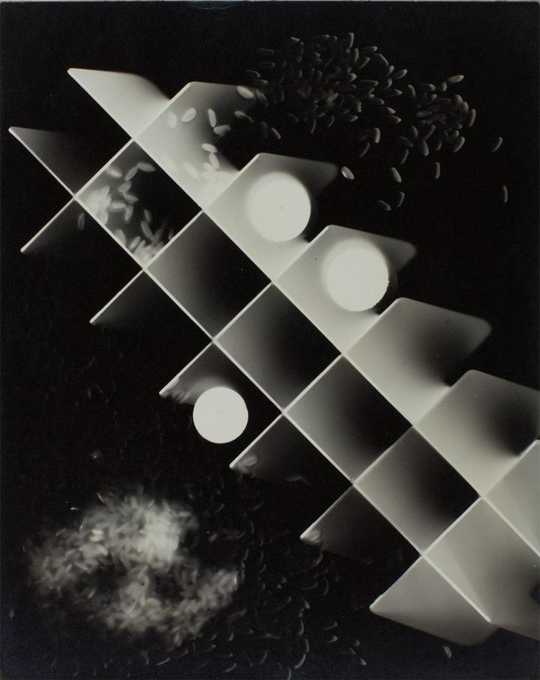
Modotti
Methods/ techniques/ processes: Modernist photography celebrated the camera as an essentially mechanical tool. Critic Sadakichi Hartmann’s 1904 ‘Plea for a Straight Photography’ heralded this new approach, rejecting the soft focus and painterly quality of pictorialism and encouraging straightforward images of modern life.
Post- Modernism
Time period: Late 20th century
Key characteristics/ conventions: In Western philosophy, a late 20th-century movement characterized by broad skepticism, subjectivism, or relativism; a general suspicion of reason; and an acute sensitivity to the role of ideology in asserting and maintaining political and economic power. The main focus of modernism as a philosophy, postmodernism rejects concepts of rationality, objectivity, and universal truth. Instead, it emphasizes the diversity of human experience and multiplicity of perspectives.
Artists associated: Andy Warhol, Carolee Schneemann, Maria Abramovic, Barbara Kruger, Cindy Sherman, Jeff Koons, and Damien Hirst, Ansel Adams
Key works: Marilyn Diptych (1962) Shuttlecocks (1994) Rhythm 0 / Seven Easy Pieces (1974) Untitled Film Still #21 (1978) The AT&T Building, New York (1984) Untitled (I shop therefore I am) (1987) Apples Trees (1987) Michael Jackson and Bubbles (1988). To create images that would be considered part of the post-modernist you would have to take a lot of street photography type of images.

Rhythm 0 
Untitled Film Still #21 
Untitled (I shop therefore I am)

